Antony reviews the Ritchey Ultra, a relaunched and reworked classic.
When it comes to legends of mountain biking, they don’t get more legendary than Mr Thomas Ritchey, Esq. A pro road racer who built the frames he won on, Ritchey created some of the first ever production mountain bike frames. The original Ultra, released in 1988, was a top-end steel hardtail that still makes mountain bikers of a certain age have a little dribble. While even the retro fanboys would admit that bikes have improved hugely over the intervening years, there’s a certain allure to the reinvention of a classic, as witnessed by Fat Chance’s successful revival of the Yo Eddy. Someone at Ritchey may have been paying attention, because last year the Ultra was relaunched as a top-end, do-a-bit-of-everything trail hardtail.
The new Ultra is a 29/27.5+ compatible frame, designed to accept 120mm forks. My medium size test bike had a 68.5 degree headangle and a modest 430mm reach. Chainstays are 435mm, which coupled with a straight seat tube means the back end isn’t exactly “tukt” (ⓒ BicyclePubes). There’s a slight kink in the down tube to clear suspension fork crowns, and a subtle swish to the seatstays, but overall it’s a far cry from the current generation of super-long, slacked-out, squish-tubed hardcore hardtails, and aesthetically at least it’s all the better for it.
The matte black paint doesn’t shout about the quality of the frame underneath, which is either a plus or minus depending on your point of view. However, a closer look reveals some nice details. Those elegant slender seatstays meet the chainstays at a classic cowled dropout, and have cute tiny brazed-on cable guides. Other cabling is external, with the exception of the stealth dropper post routing. As it’s designed around the Boost standard there’s ample clearance for 29 x 2.4in or 27.5 x 2.8 in tyres, but it’ll also accept a front mech. The mech hanger is replaceable and the rear end is 148x12mm bolt-though.
The chainstays are subtly ovalised for decent tyre clearance even at max width, and the disc mount has a neat design I’ve never seen before, where it sits on a sliver of toothpick-thin tubing. At the other end of the bike, the 105mm head tube neatly houses an integrated headset, meaning you can get the bars uber-low if that’s your preference.
Latest Singletrack Merch
Buying and wearing our sustainable merch is another great way to support Singletrack
One of the selling points of the original Ritchey Ultra was its large-diameter Tange tubing, and the new incarnation is made of similar stuff, stickered up as Ritchey Logic. However the fancy tubing doesn’t translate to a lighter frame (You’ll have to track down a now-discontinued P-29er frame if you want to build up a light steel race bike). And while it doesn’t have any implications for build quality or longevity, the absence of any “Made In The USA” stickers makes me fairly certain that the new version of the Ultra is being made overseas.
The Ultra we tested arrived in Plus guise, and was decked out with a selection of Ritchey’s own-brand kit. This included a WCS Trail 40 wheelset shod with 27.5 x 2.8in Ritchey Z-Max Evolution tyres, a Ritchey Kite dropper post and Ritchey saddle, stem, bars, pedals, and grips. The rest of the build was drawn from the SRAM/RockShox stable, with RockShox’s new 120mm Reba fork, Avid Guide brakes and SRAM’s flavour-of-the-moment GX Eagle drivetrain.
The Ride
If the geometry numbers at the start of this review made any sense to you, you’d expect the Ritchey to be fun to ride on anything at the less extreme end of the trail spectrum, and you’d be right. Despite the fairly short top tube, I found the 60mm stem supplied with the bike wasn’t doing it any favours, and swapped it out as quickly as I could for a shorter stem with some swept-back SQLab carbon bars. This gave a really open, upright riding position, which was comfortable enough that I gradually found myself doing longer and longer rides.
Of all the steel frames I’ve ridden, the Ultra is probably the one that has come closest to living up to the hype about responsiveness, playfulness and ride smoothness. It wasn’t just fun for quick blast, it’s the sort of bike that makes you want to link up loops and spend all day in the hills. The fairly steep geometry does make anything too steep or extreme a bit of a nervous affair, but on a lot of local trails, particularly when things got tight and twisty, it was a welcome reminder of how fun mountain biking used to be.
A lot of the ride character has to be credited to the Plus wheels and rubber. The Ritchey Z-Max tyres are an unusual design that have been around since the 1990s, and use triangular fins for traction, rather than square blocks. I’ve always found them unnerving in sloppy UK riding conditions, but as Plus tyres they actually worked pretty well. At first I was wondering if they were the tyre equivalent of an obscure 60s musician who fades from the limelight, only to find an appreciative audience 30 years later. However like most tyres of their ilk, they’re still dependably sketchy in mud and loam. The sidewalls were also a bit too fragile for full-tilt boogieing through rock gardens, and I had a couple of rides frustrated by slow leaks that wouldn’t quite seal on their own.
Another weak link in the build was the RockShox Reba fork, which is now essentially a budget SID. While the light weight was welcome on the climbs, the Rebas had a chattery response on rough trails. A burlier, better-damped chassis like a Yari might do the Ultra’s downhill capabilities more justice.
If the tyres and suspension didn’t flatter the Ultra’s descending ability, they did at least make for easy work on the uphills. Together with the wide-range 50T cassette it seemed like almost every technical climb except the very greenest, greasiest tracks was potentially a goer. The tyres did add a fair bit of comfort, but I got the impression that they weren’t doing all the work. There’s no trace of harshness from the frame, but it was also responsive when I deployed the full might of my puny legs.
Even though the Ultra is only available as a frameset, you can’t help but have your opinions coloured by the full build of a bike. Plus tyres divide opinion in the Singletrack office. Most of the staff regard less width as a price worth paying for better cornering and a bit more puncture resistance. In this case, I’d say the Plus platform suited the character of the bike as a long-distance mile muncher which can also make short work of more technical trails. It’s just a shame that the tyres which came on the bike were no match for our local gritstone boulders.
Three things we loved
- The ride quality of the Ultra has me believing all the hype about steel frames.
- The simple, understated looks will be right up some people’s street.
- Plenty of tyre clearance even at max recommended width.
Three things that could be improved
- The geometry is pretty unadventurous by modern standards.
- The simple, understated looks will be a bit too simple and understated for some people.
- It’s on the pricey side for a steel hardtail frame.
Durability Notes
Over a couple of months of riding the Ultra I did have a few niggles, but these were mostly with the build rather than the frame. Apart from the aforementioned tyre issues, the Ritchey Kite dropper post started acting up almost from the first ride, losing air and refusing to return to full height. It’s a basic design with just three positions, similar to the first-generation Fox DOSS. While this bike’s target audience might appreciate the light weight and serviceability, I’d rather have a heavier but less fussy alternative.
On the frame front, the paint isn’t the toughest and it has scuffed in one or two places, but it’s subdued enough for this not to matter too much. It’s also developed a creak in the bottom bracket area, which could probably be solved with a strip and re-grease, but I haven’t managed to get round to this.
Overall
The Ultra would suit a rider who wants a high-end steel frame which gets on with all the modern standards, but isn’t quite ready to dive into the world of longer, lower and slacker geometry. It’s not great value for money compared to some manufacturers’ offerings, but a good deal of thought has clearly gone into the frame and it’s a sublimely enjoyable bike to ride. I would probably have loved it more for our local trails if it had arrived in burly 29er guise, but I probably would also have ridden it less far. As it is, the Ultra is a capable hardtail that does most things well. It’ll have you going back up for one more climb and descent, instead of heading for home.
Ritchey Ultra frameset (as tested)
- Frame // Ritchey Ultra
- Fork // RockShox Reba, 120mm travel
- Hubs // Ritchey WCS Trail 40
- Rims // Ritchey WCS Trail 40
- Tyres // Ritchey Z-Max Evolution, 27.5 x 2.8in
- Chainset // SRAM GX Eagle
- Rear Mech // SRAM GX Eagle, 12-Speed
- Shifter // SRAM GX Eagle, 12-Speed
- Cassette // SRAM GX Eagle, 12-Speed, 10-50t
- Brakes // SRAM Guide R, 160mm front / 160mm rear rotors
- Stem // Ritchey WCS Trail, 60mm
- Bar // Ritchey WCS Trail, 760mm width
- Grips // Ritchey Comp Trail
- Seatpost // Ritchey Kite 30.9, 125mm travel
- Saddle // Ritchey WCS Trail
- Size Tested // Medium
- Sizes Available // Small, Medium, Large & XL
- Claimed Frame Weight // 2.57 kg (5.66lb)
- Bike As Tested // 12.76kg (28.13lb)
- RRP // £900 (Frame only)
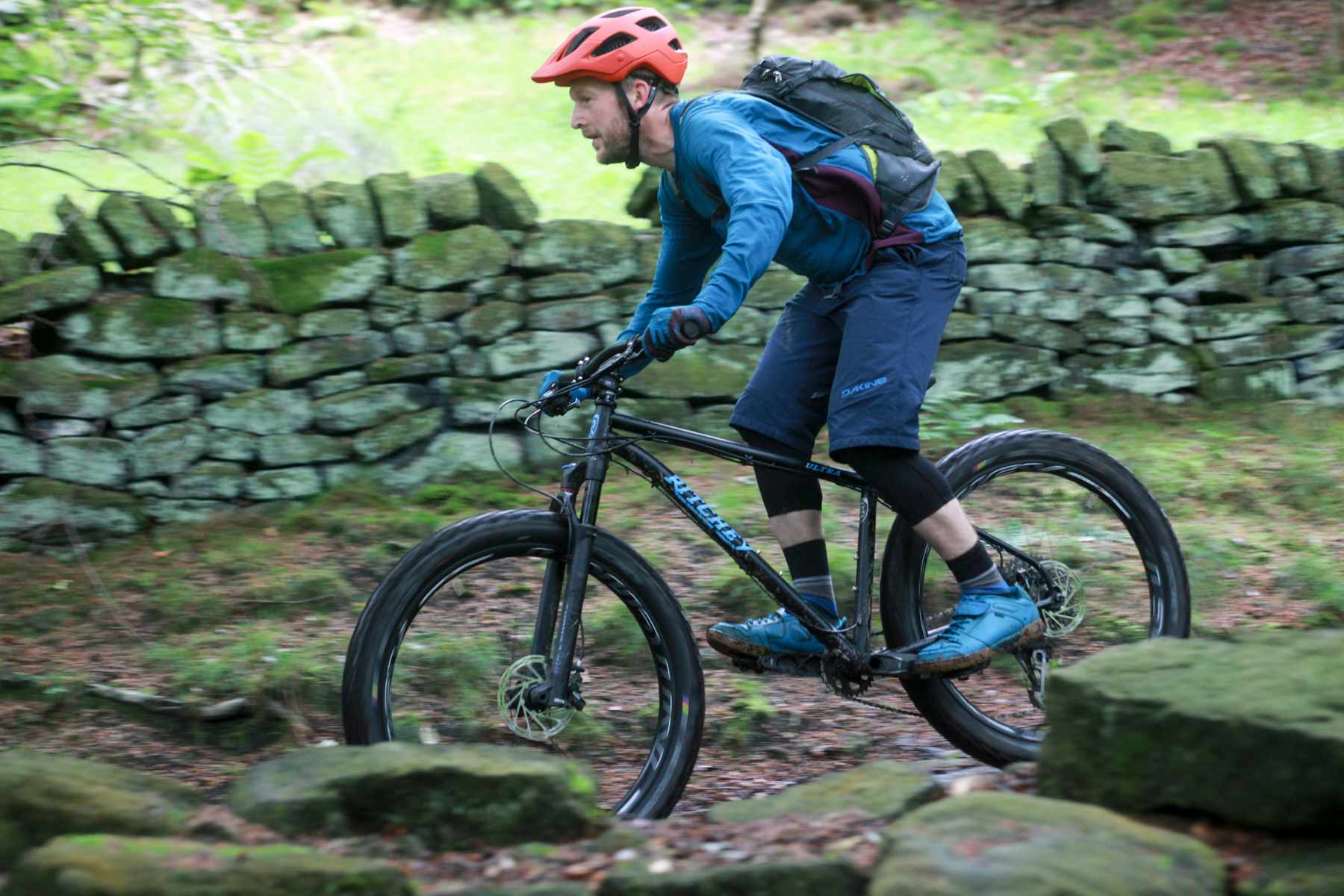
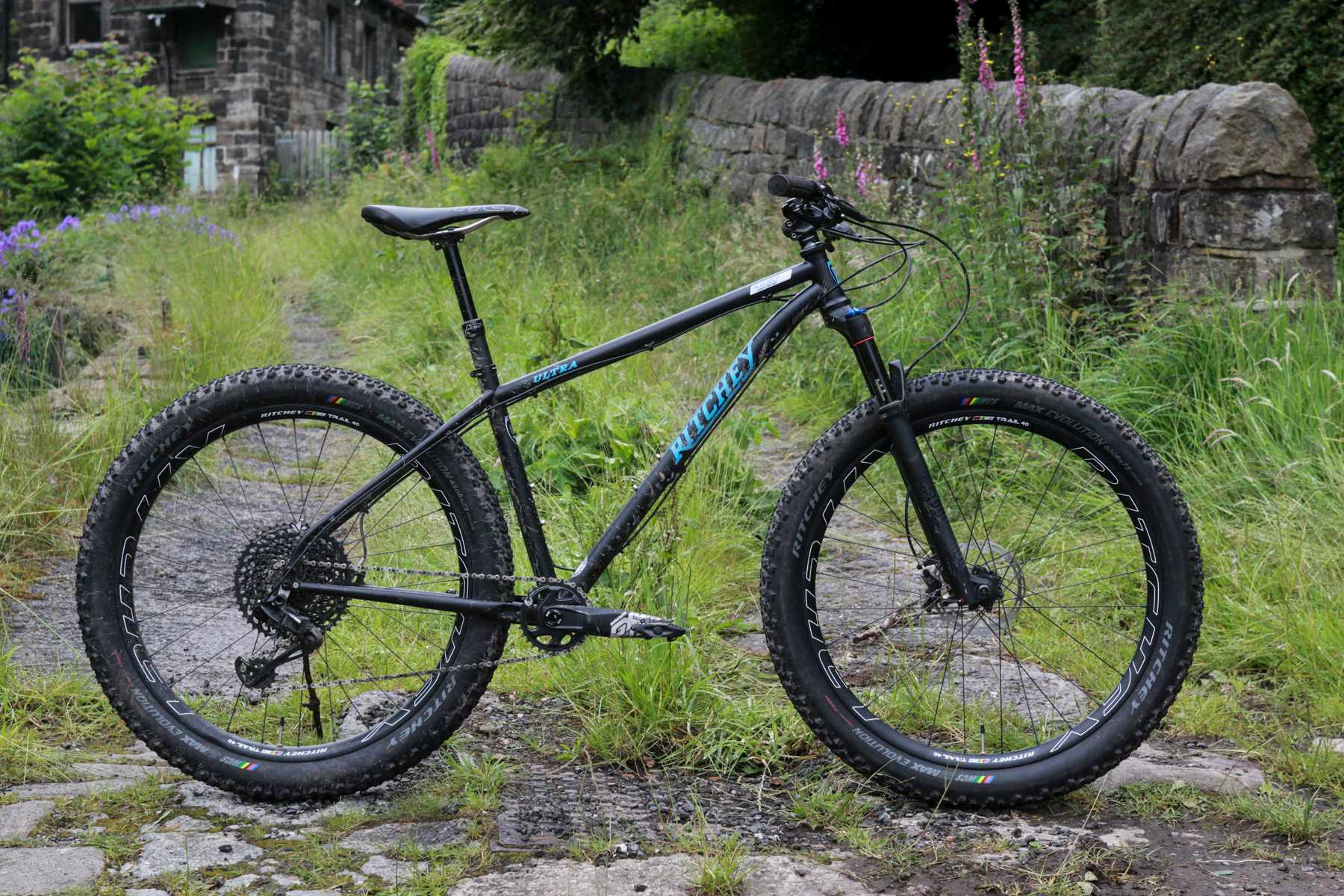

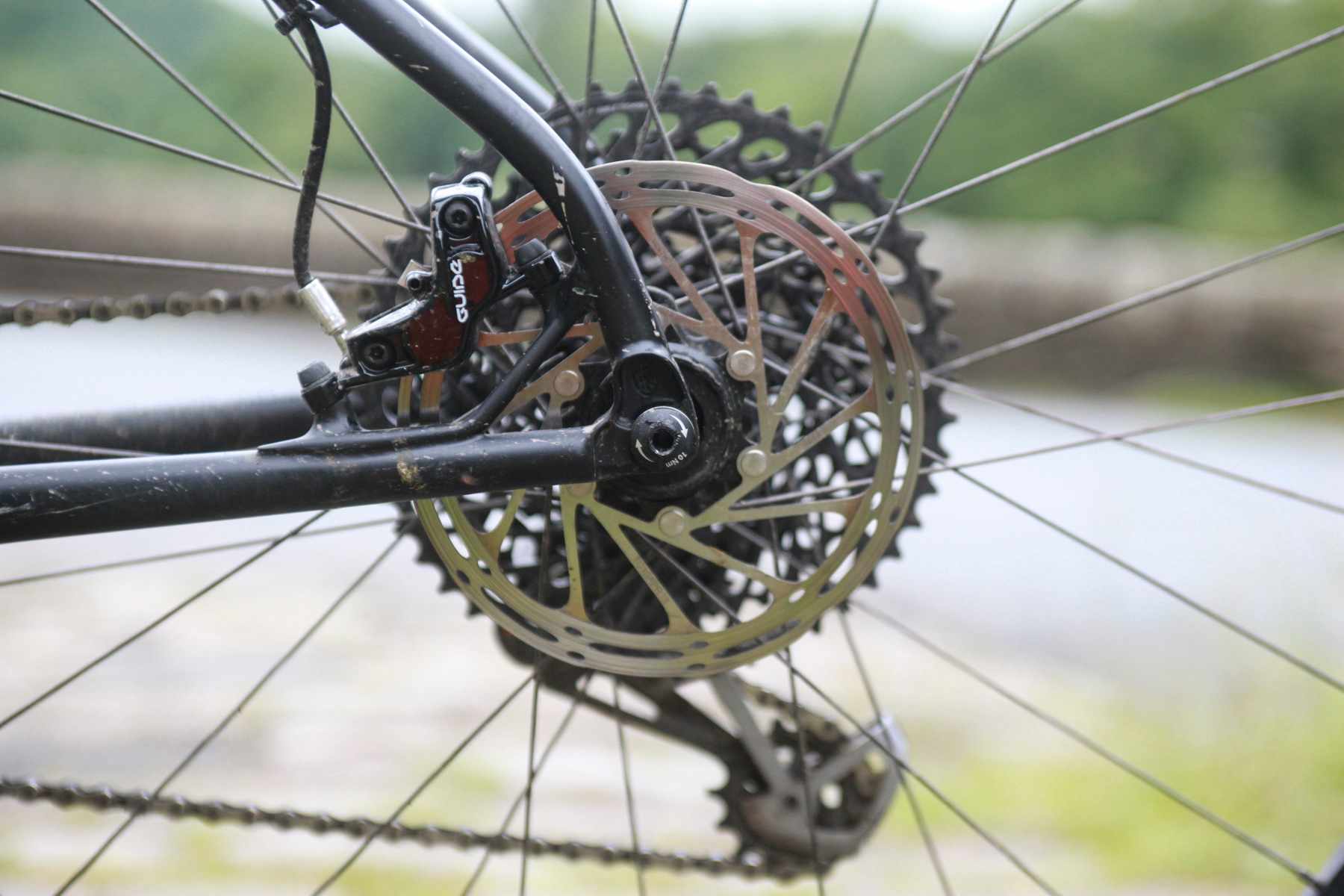




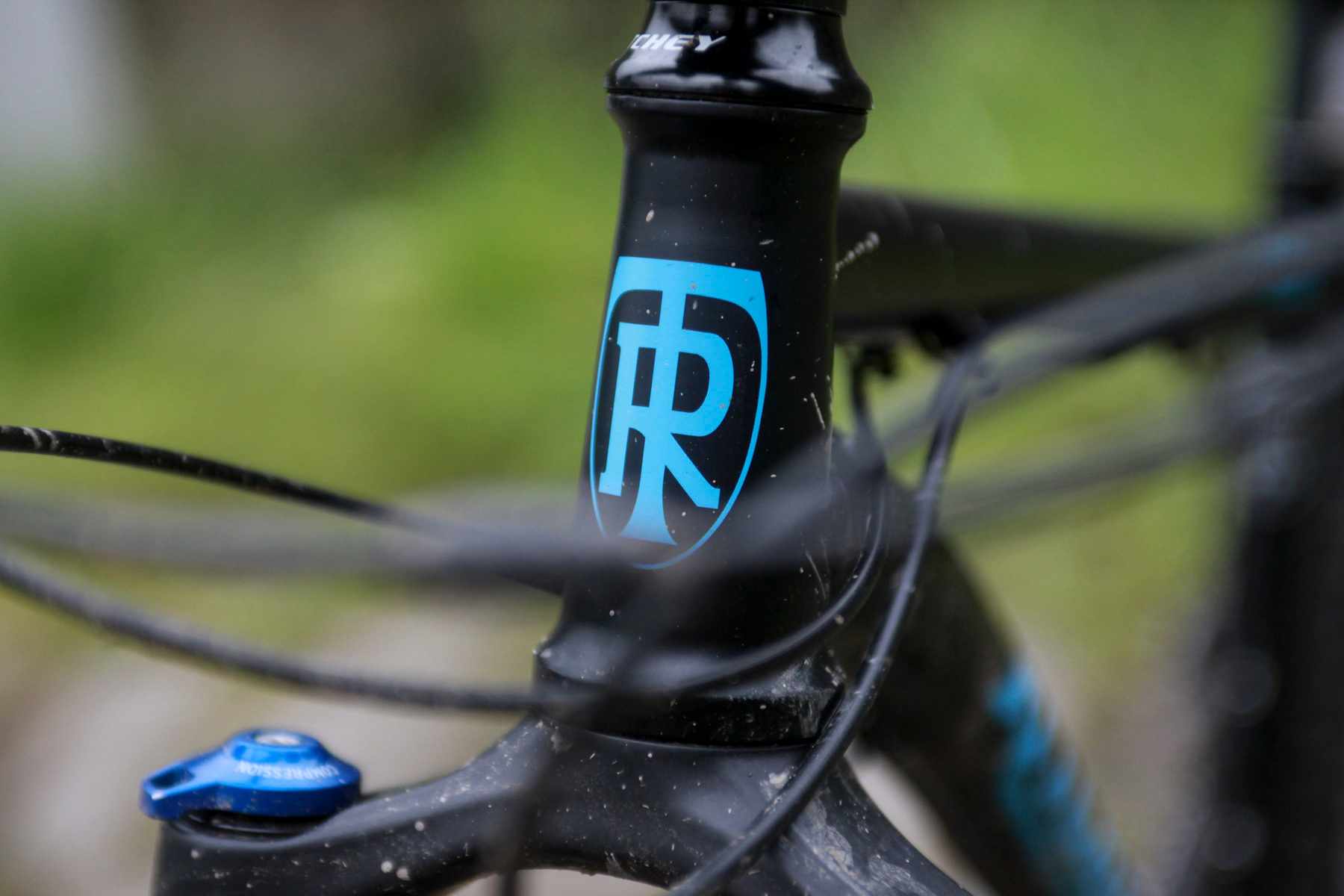
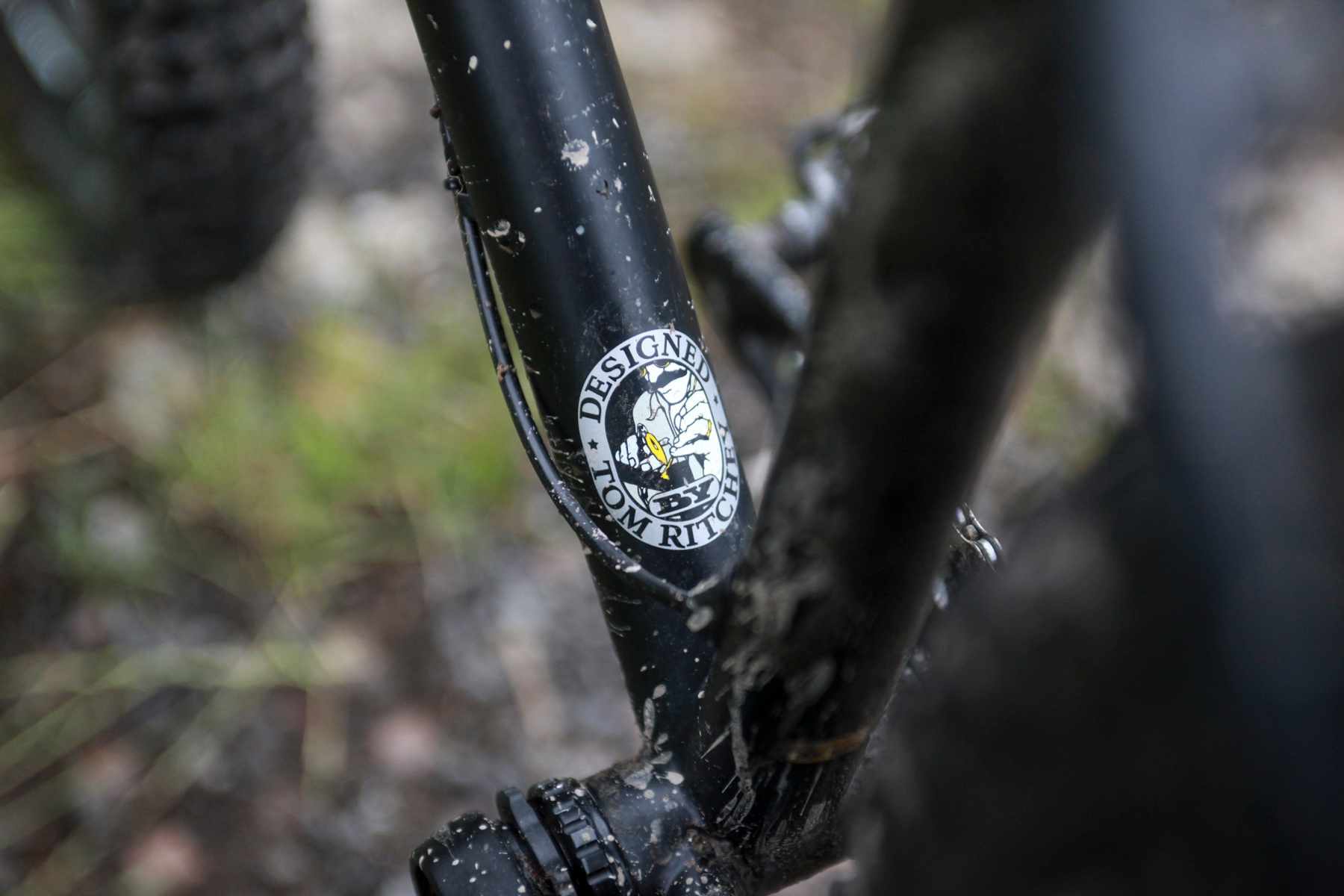
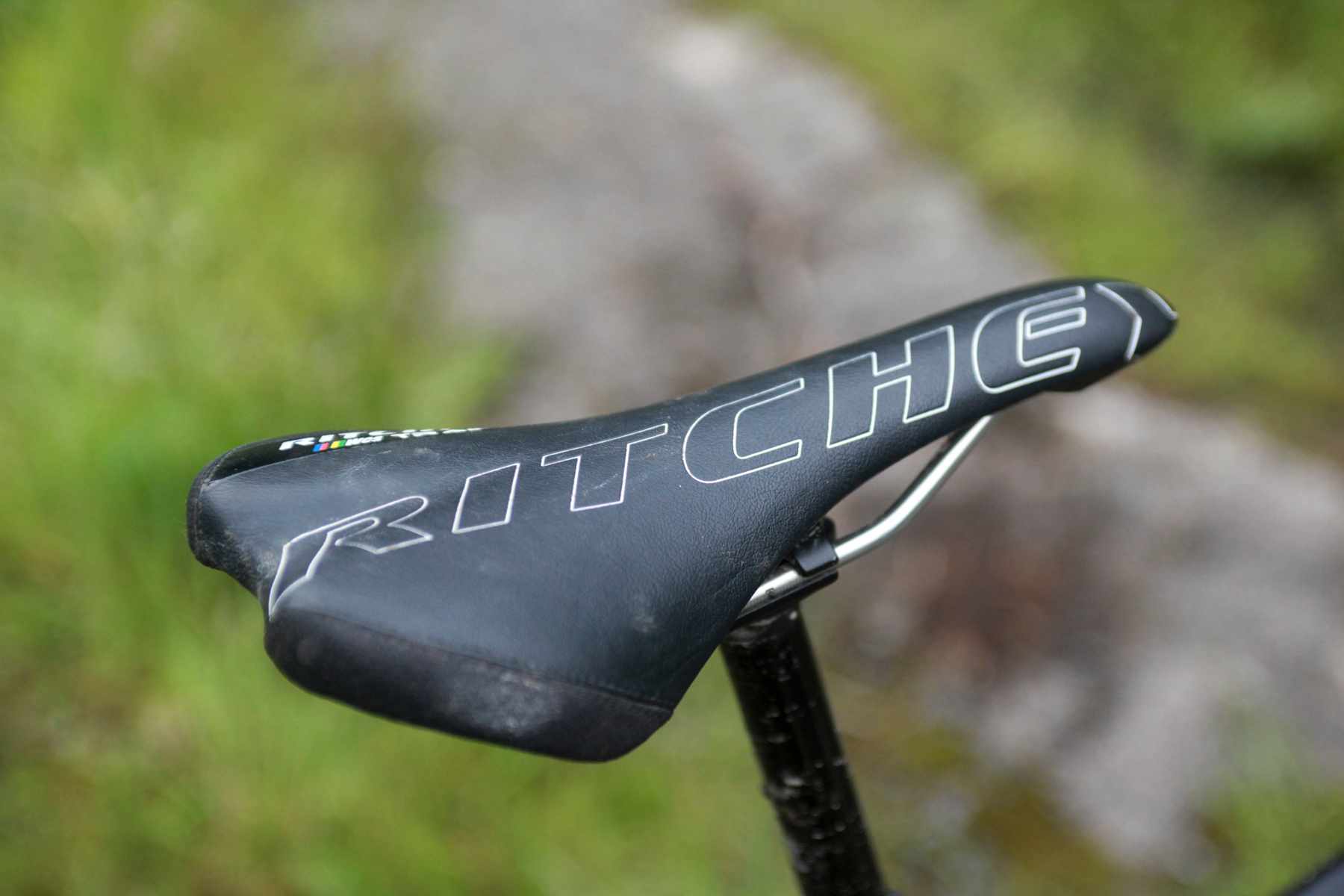
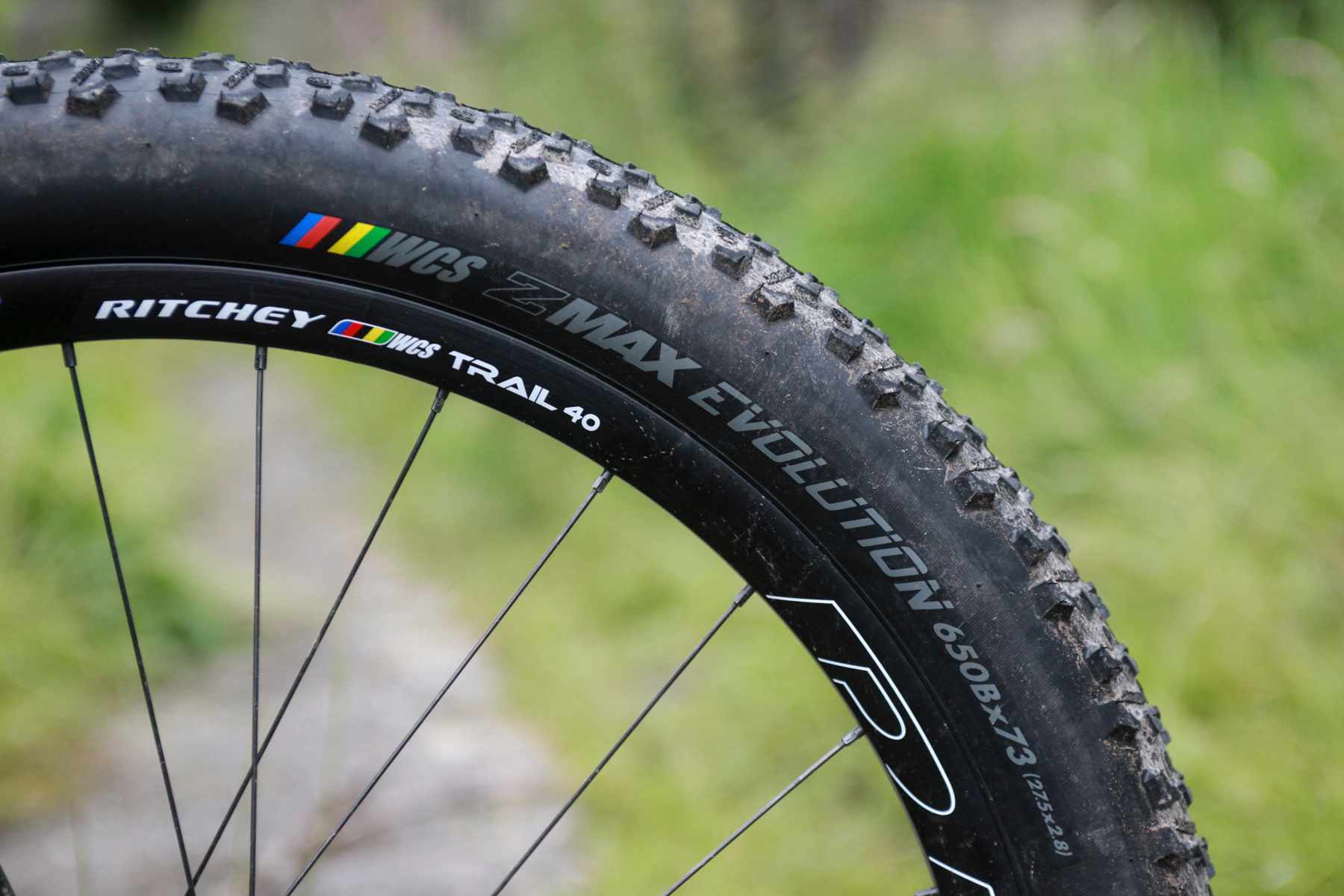
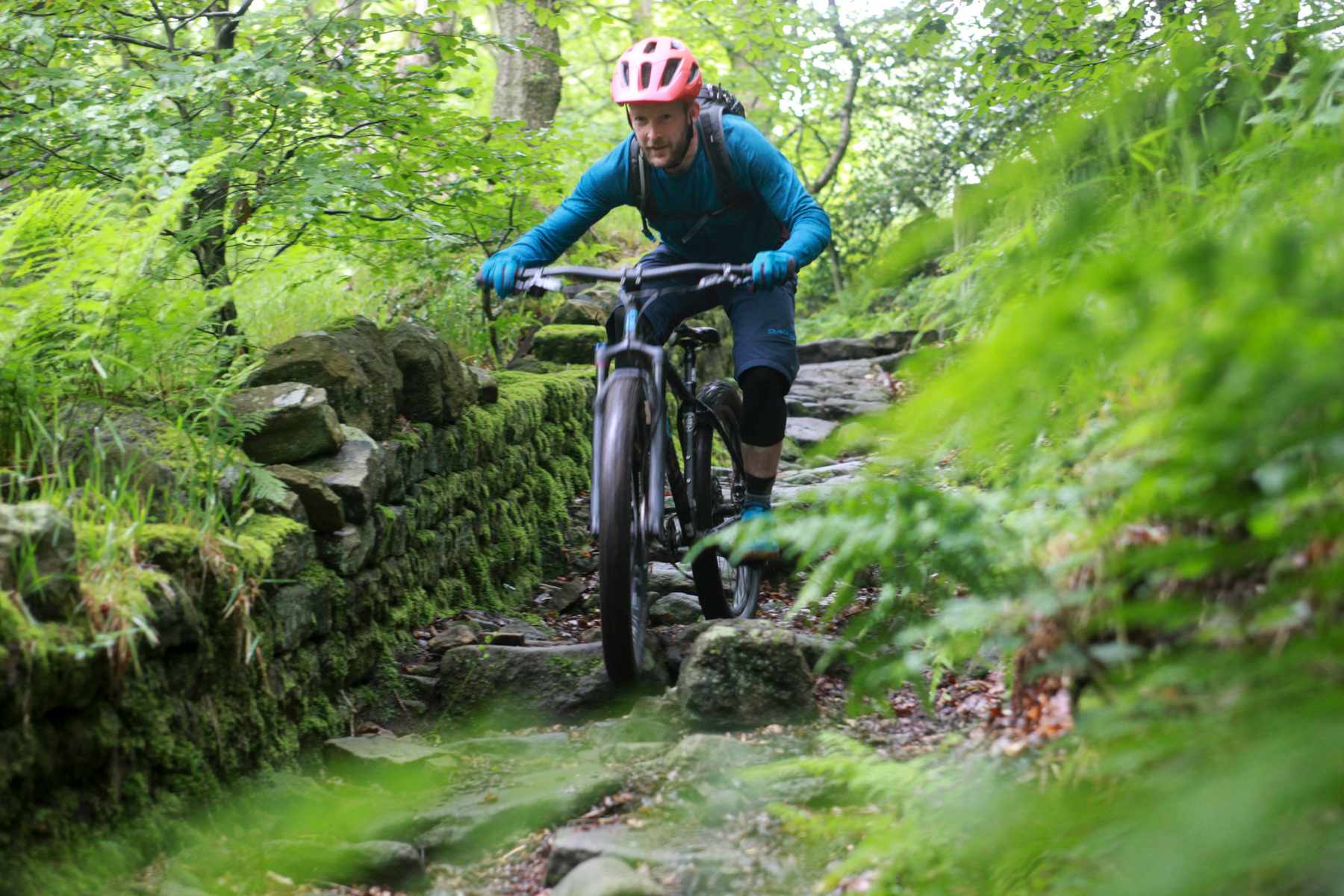
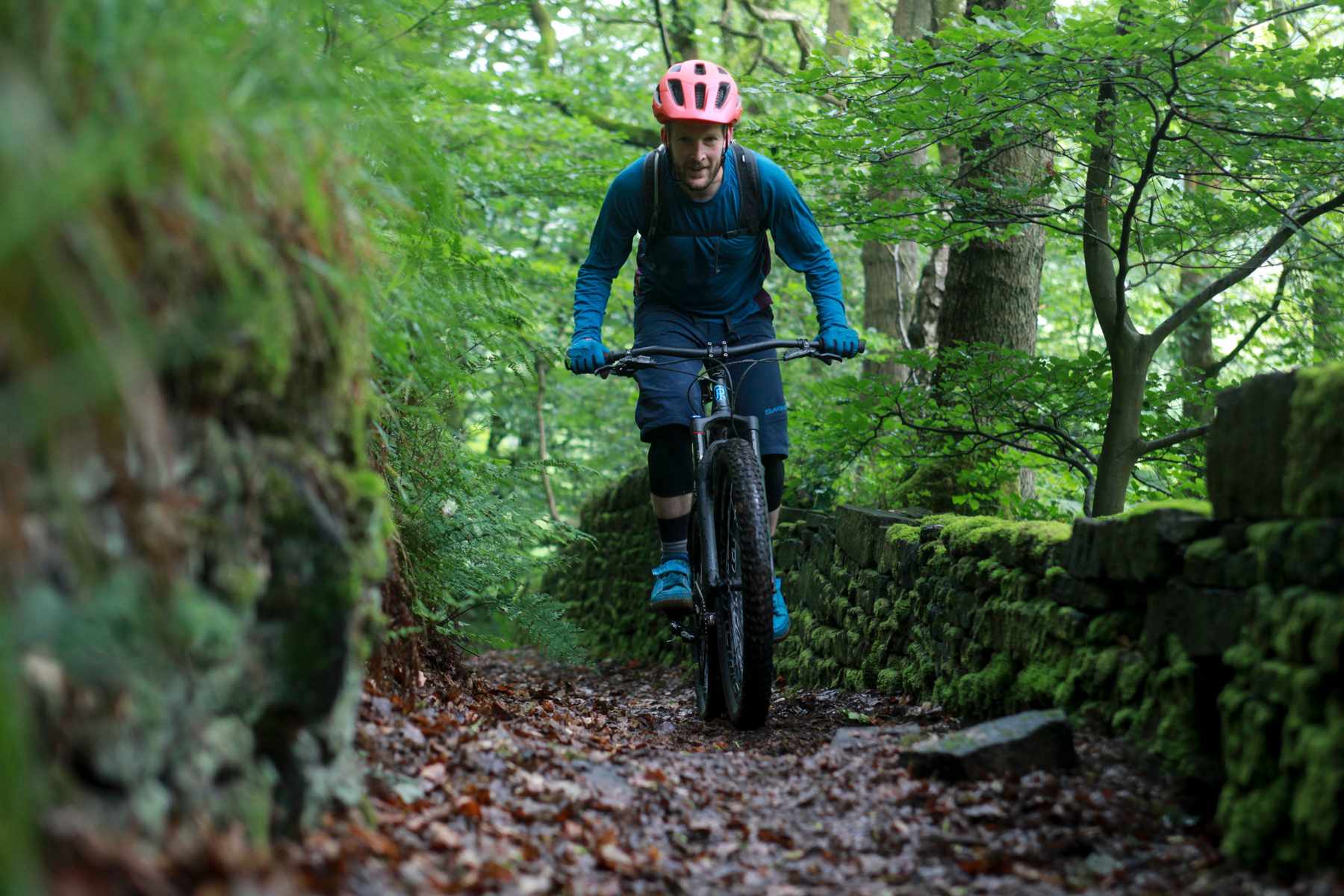
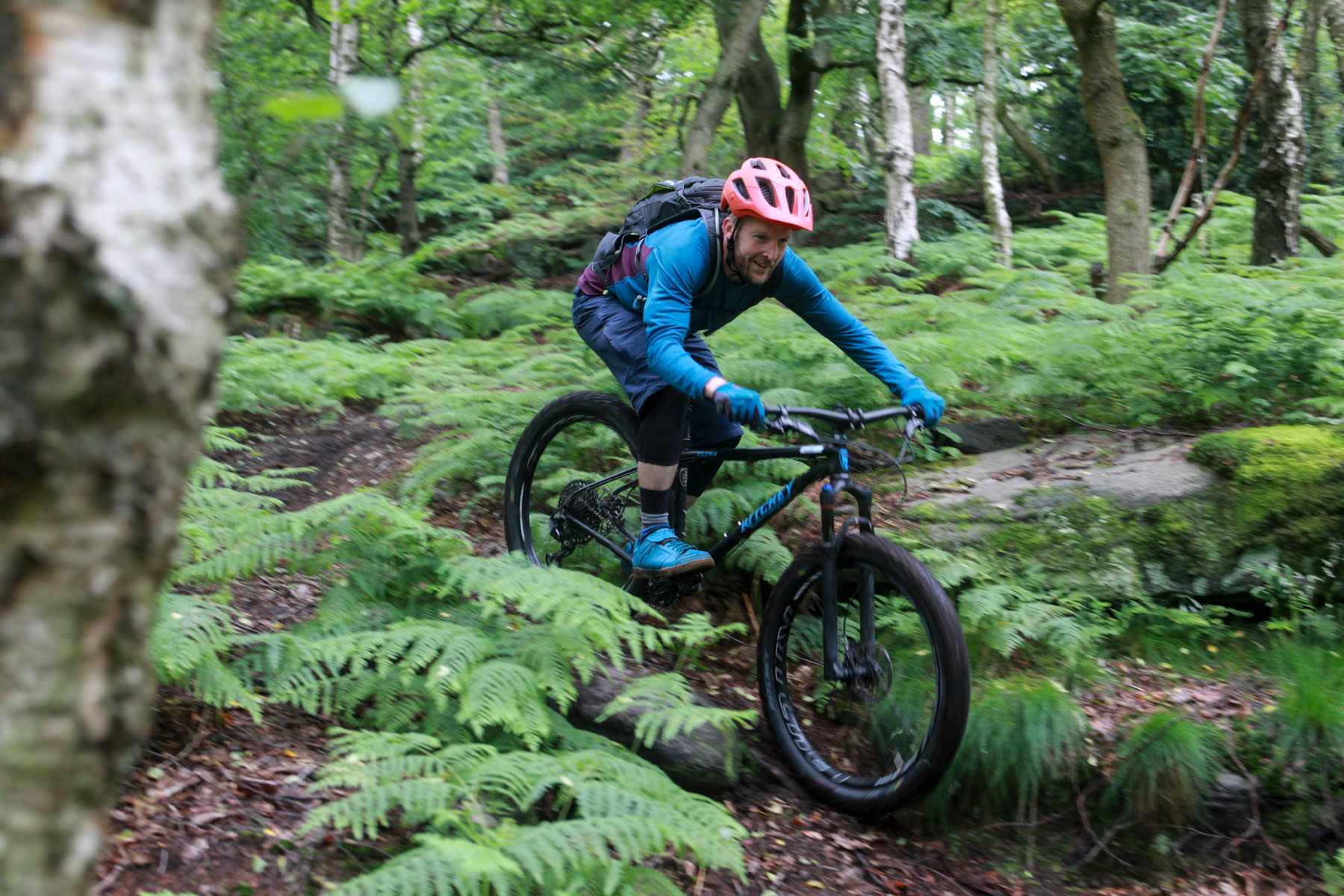
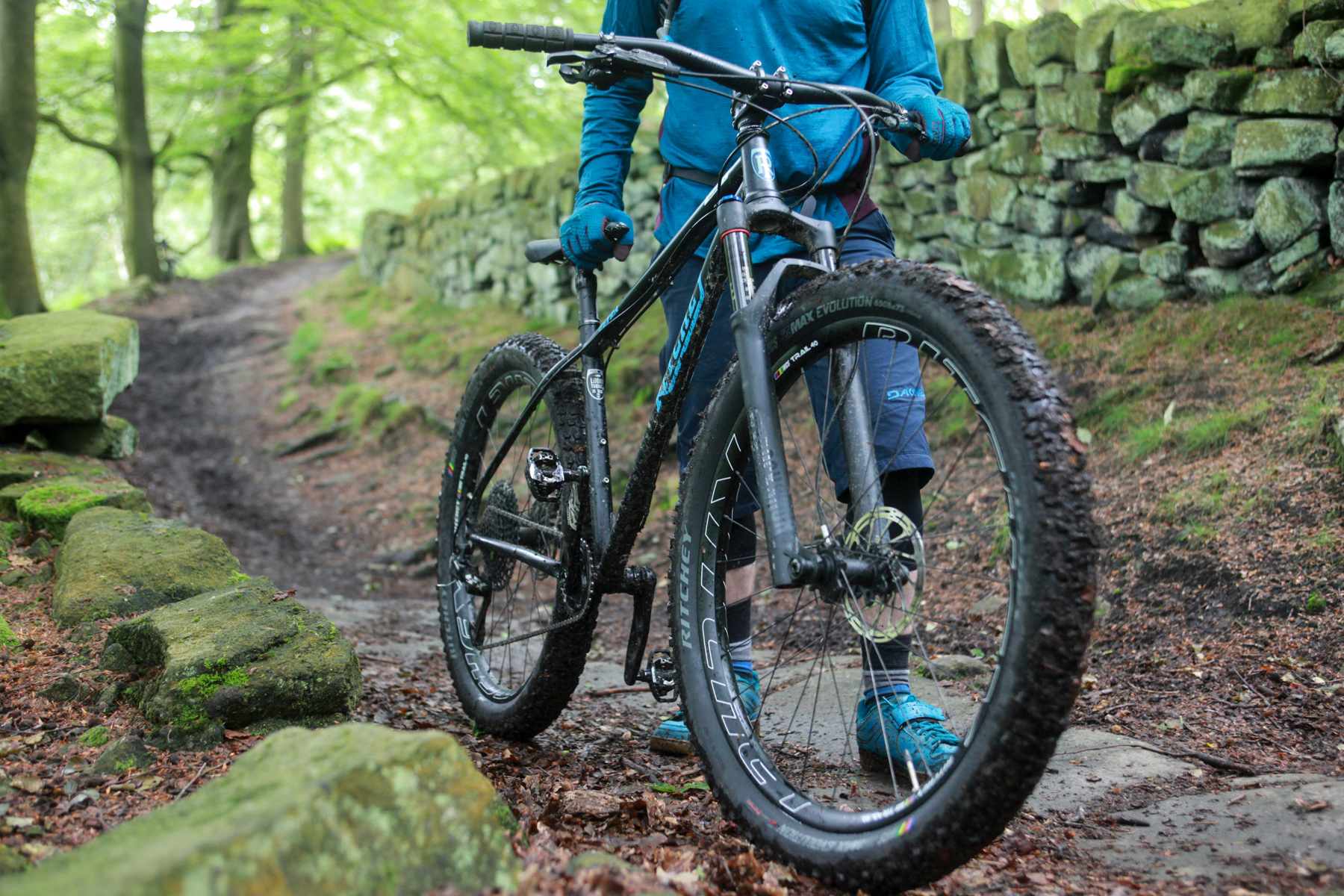
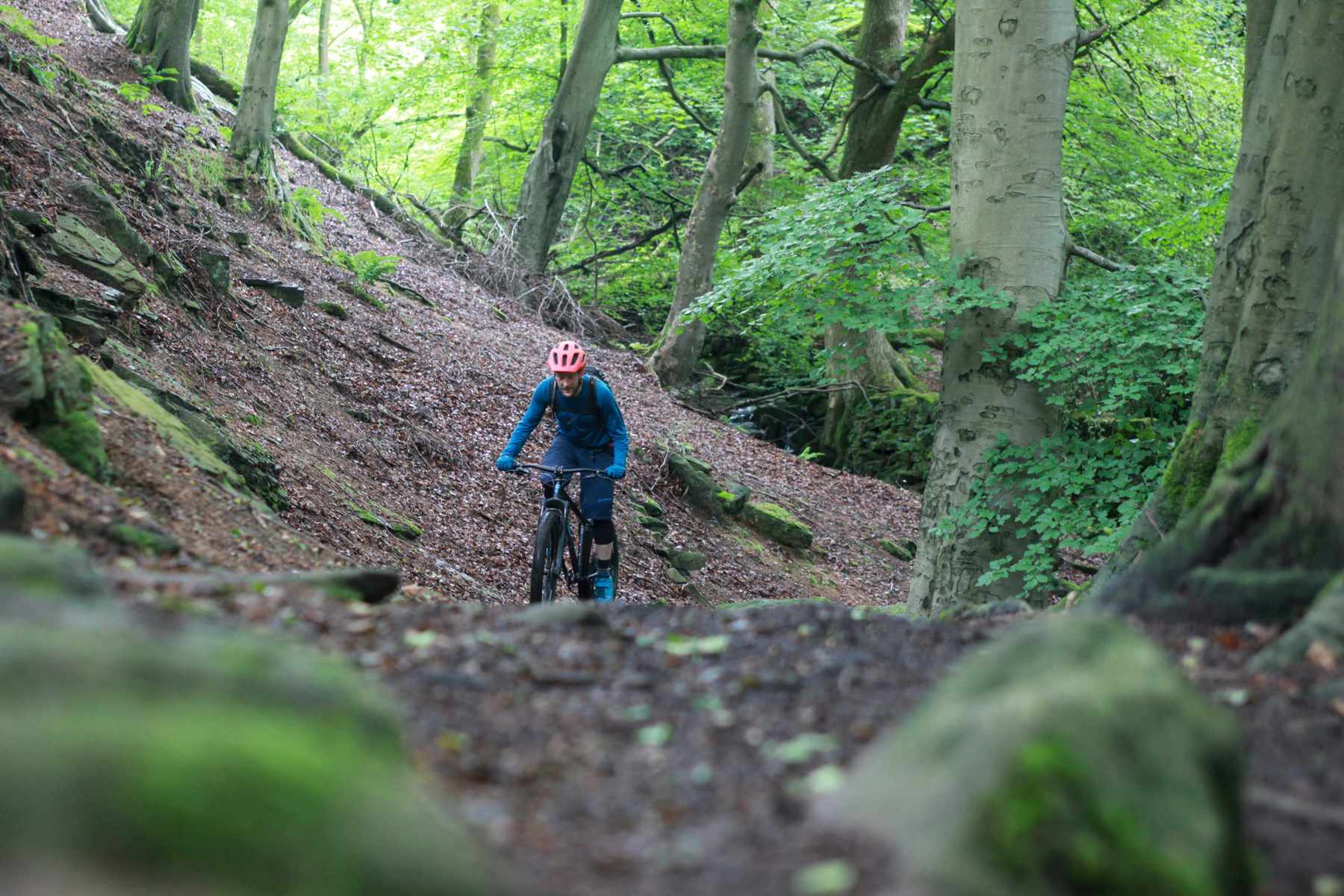
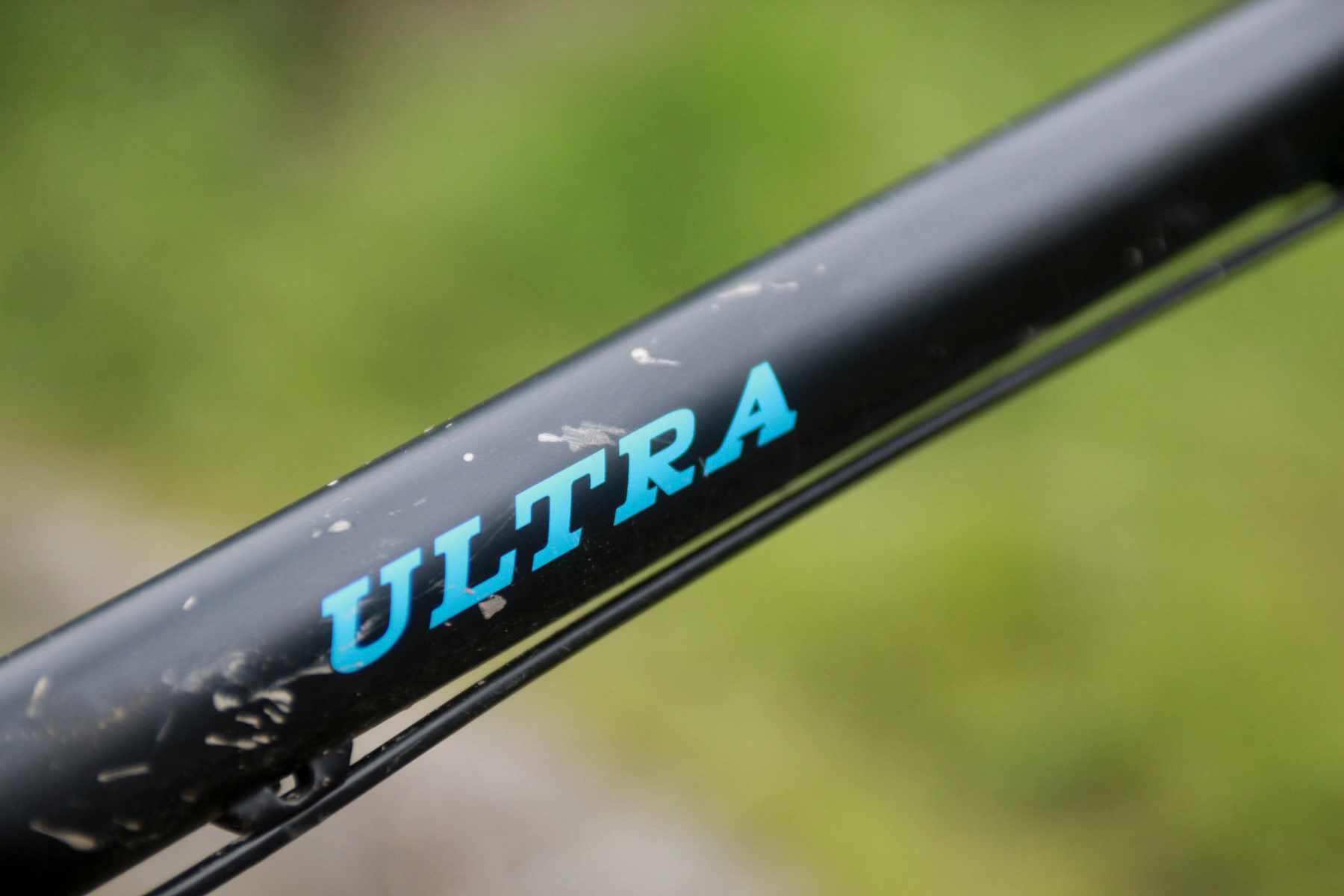
Youch! Paying for a name BIGTIME anyone!?
Bueller!?
Bueller!?
Anyone!?
I guess lawyers (who knew TR got a J.D.?) need to charge lots of money for the frames they (have made in Taiwan and) sell.
28lb? My Whyte 909 is barely under 30.
Very nice bike, although pricey.
Does anybody has to suggest any steel 26″ wheel frame (qr) for my rigid setup?
Curtis – end of!
Or get BTR to fabricate a qr rear end.
Loving the cognitive dissonance in the comments here. “Wow, that’s a really expensive frame! Also, you should buy a hand built in the UK frame which is even more expensive!”
Purely cause ya know – CURTIS’ build quality and BTRs look rad as f
Do you only speak in memes, Tdog?
Of course / obvs!
@keithybaby
Do you only reply to other’s topics?